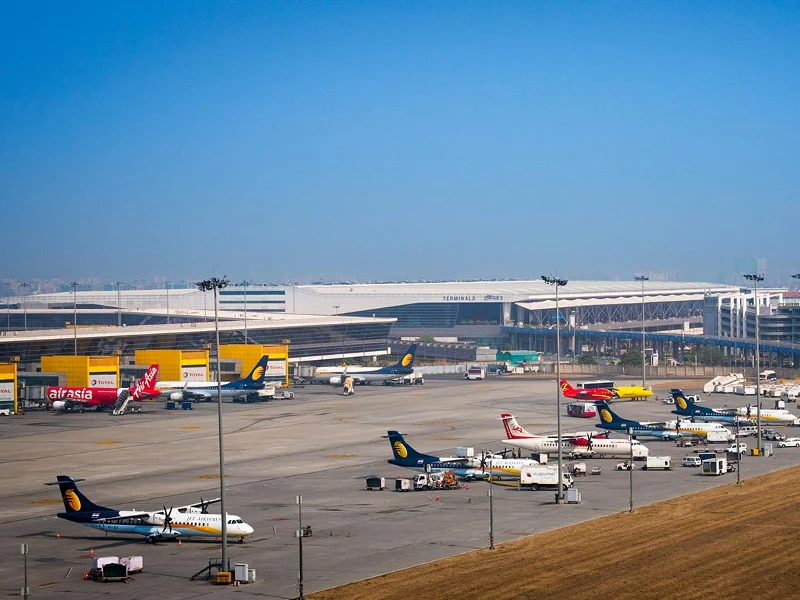Delhi’s Indira Gandhi International Airport is preparing to unveil its impressive 2.1 km long dual-lane Elevated Cross Taxiway on July 14th, aiming to enhance the travel experience for both international and domestic passengers. The airport will also inaugurate its fourth runway on the same day. With the inauguration of the Elevated Cross Taxiway (ECT), the waiting time for aircraft on the ground is expected to be reduced from 20-25 minutes to just 10 minutes. This groundbreaking infrastructure will be inaugurated by Union Civil Aviation Minister Jyotiraditya Scindia, marking a significant milestone for Indian aviation. Read More Business News on our website.

Key highlights of India’s first Elevated Cross Taxiway at Delhi’s IGI airport are as follows:
– The dual-lane ECT spans a total length of 2.1 kilometers, connecting the Northern and Southern airfields on the eastern side of the airport.
– Passengers will benefit from reduced waiting time inside the aircraft after landing, as planes will take less time to reach Terminal 1. The same efficiency applies to the take-off process, with the distance between the third runway and T1 being reduced from 9 km to 2 km.
– The ECT will help save approximately 20 to 7 minutes for passengers before take-off, depending on the direction of aircraft landing, as stated by Delhi International Airport Limited (DIAL).
– The main benefits of the ECT include reduced aircraft emissions, conservation of resources such as aviation turbine fuel (ATF), and improved operational efficiency. The taxiway will significantly reduce the distances aircraft need to cover during taxiing.
– The ECT is expected to optimize taxiing routes and aircraft operations, resulting in a minor reduction in carbon dioxide (CO2) emissions. It is estimated that the taxiway will save around 55,000 tonnes of CO2 annually, contributing to the airport’s goal of achieving “Net Zero Carbon Emission” status by 2030.
– With the introduction of the Elevated Cross Taxiway, Indira Gandhi International Airport becomes the first airport in India to possess such infrastructure. This achievement reflects DIAL’s commitment to environmentally sustainable architecture and its vision of becoming a “Net Zero Carbon Emission Airport” by 2030, as expressed by Prabhakara Rao, deputy MD of GMR Group.
– The dual-lane elevated taxiways are designed to be robust and capable of facilitating the safe and simultaneous passage of two large aircraft.
In summary, the inauguration of India’s first Elevated Cross Taxiway at Delhi’s Indira Gandhi International Airport brings about numerous benefits, including enhanced passenger experience, reduced waiting times, minimized emissions, and increased operational efficiency. This remarkable addition to the airport’s infrastructure showcases its commitment to sustainability and readiness for future challenges in the aviation industry.
